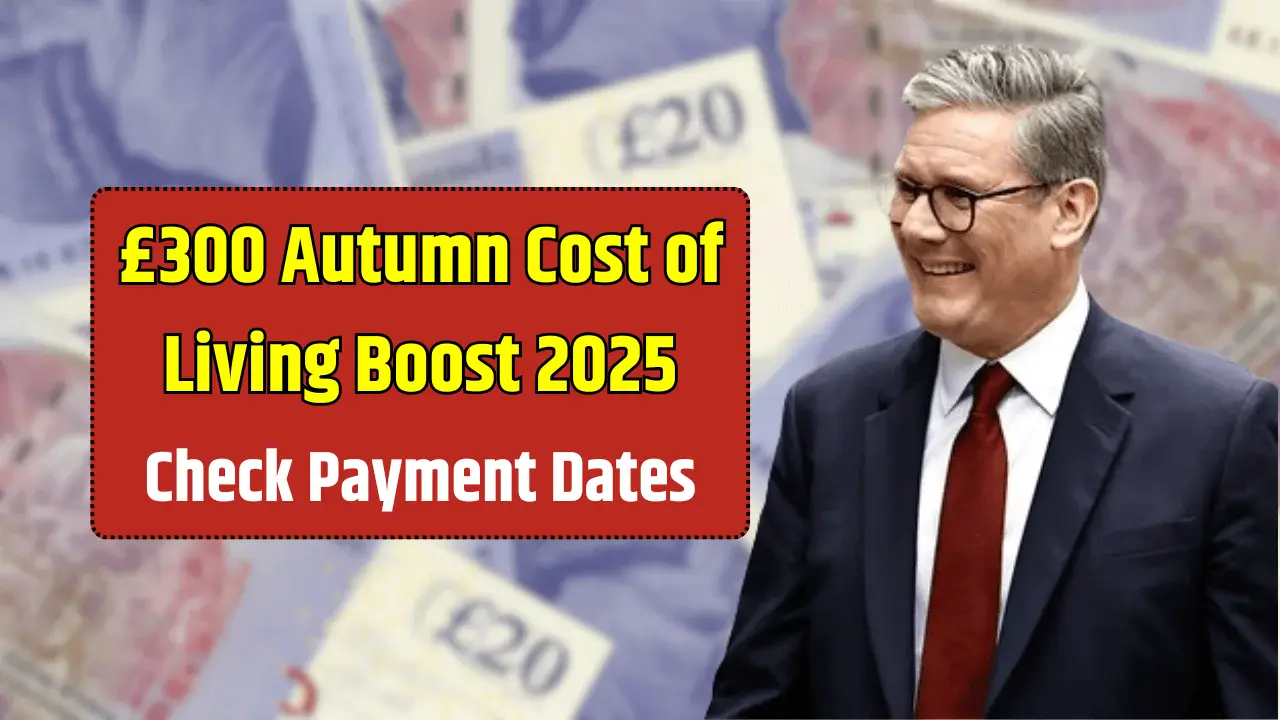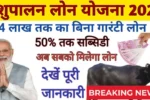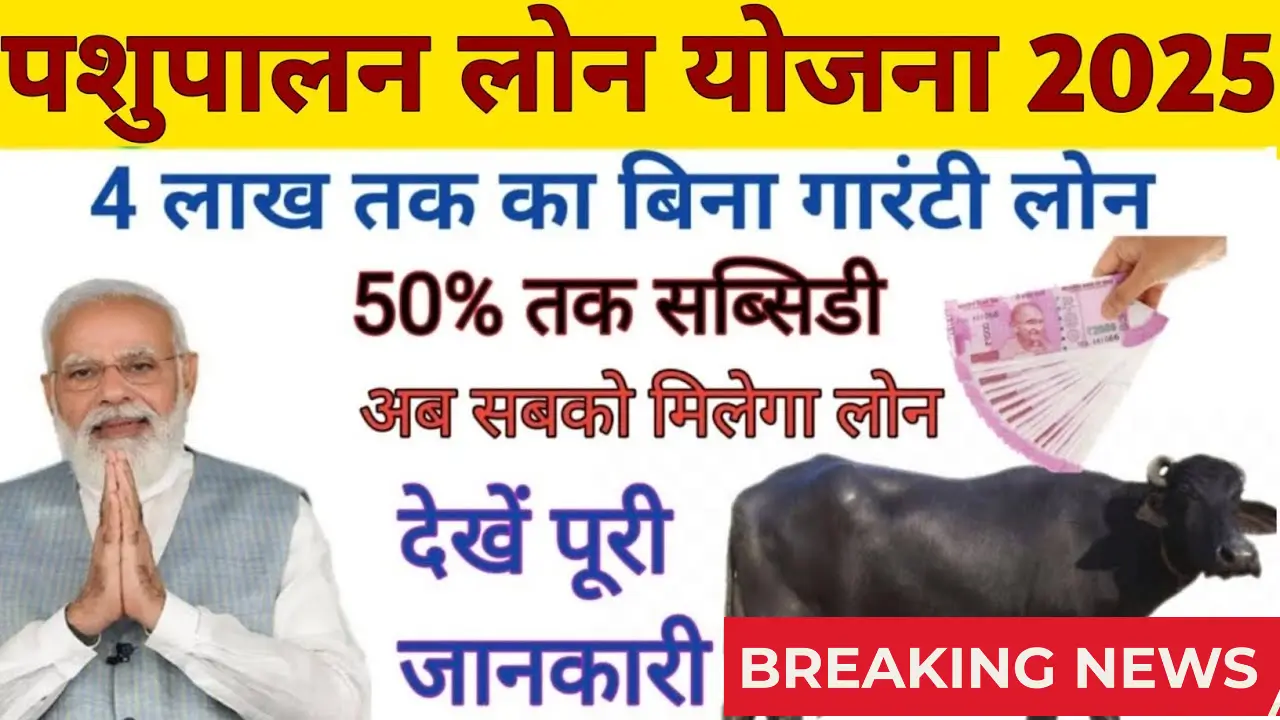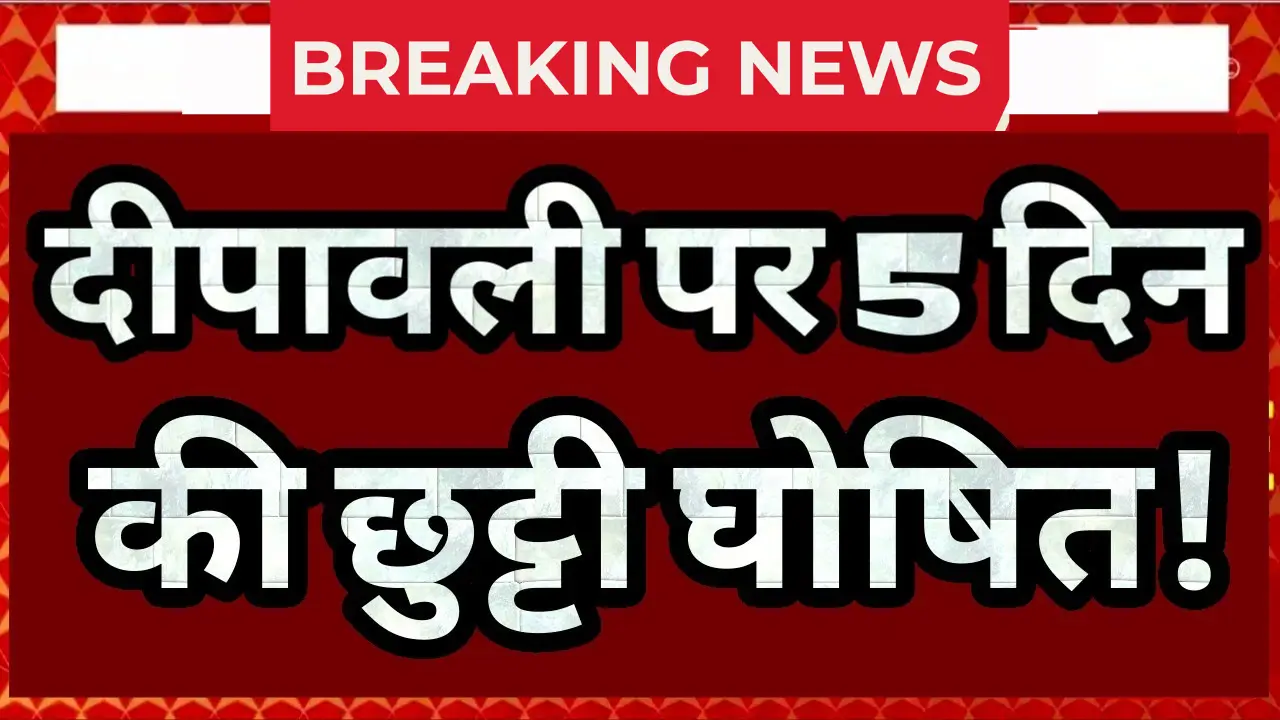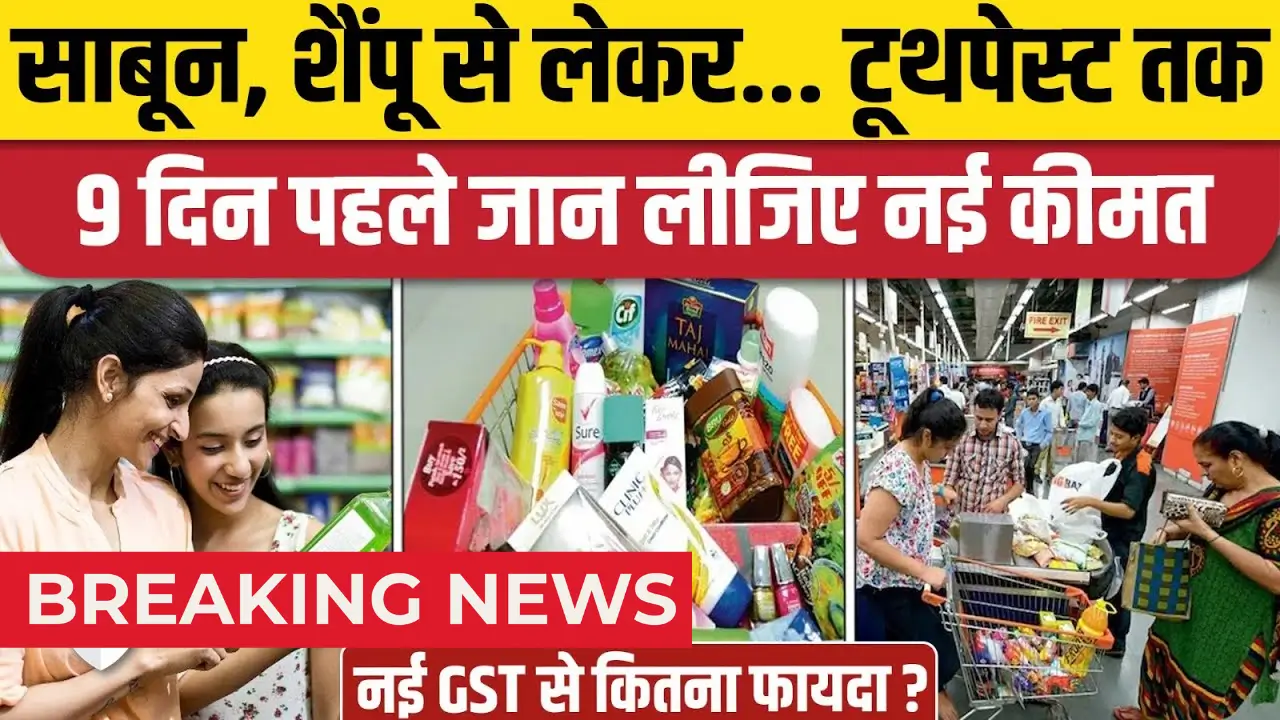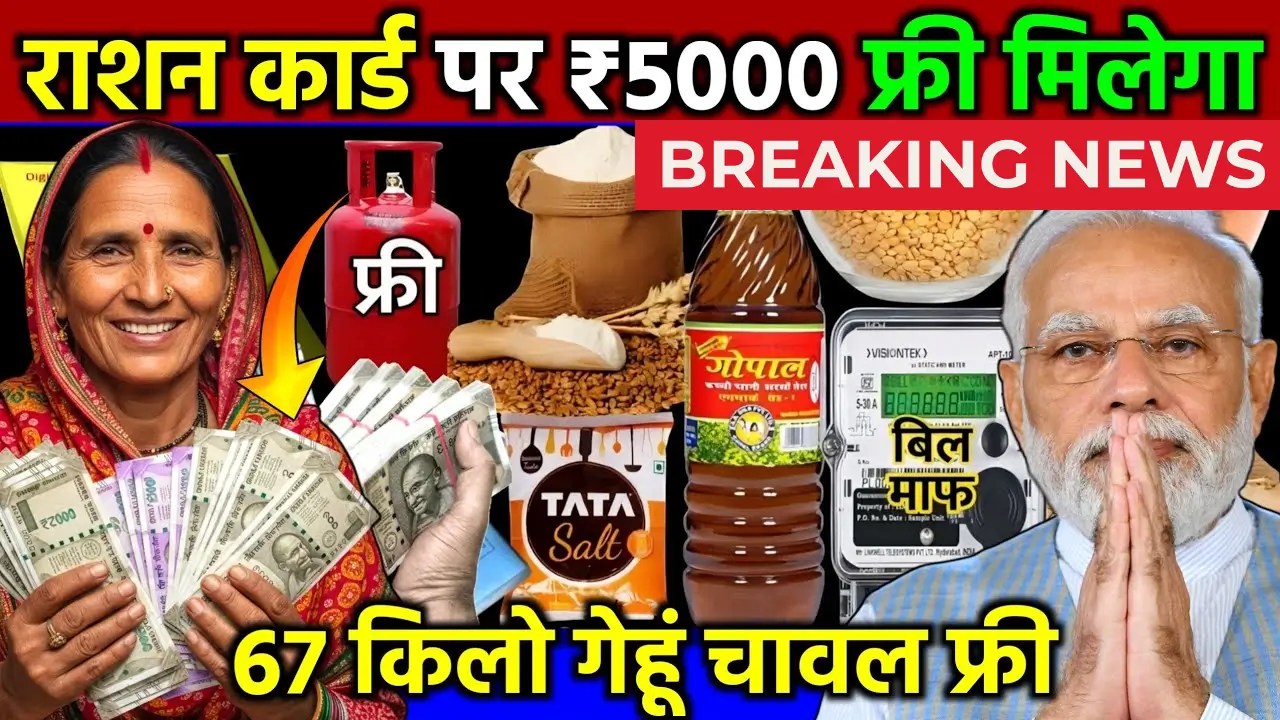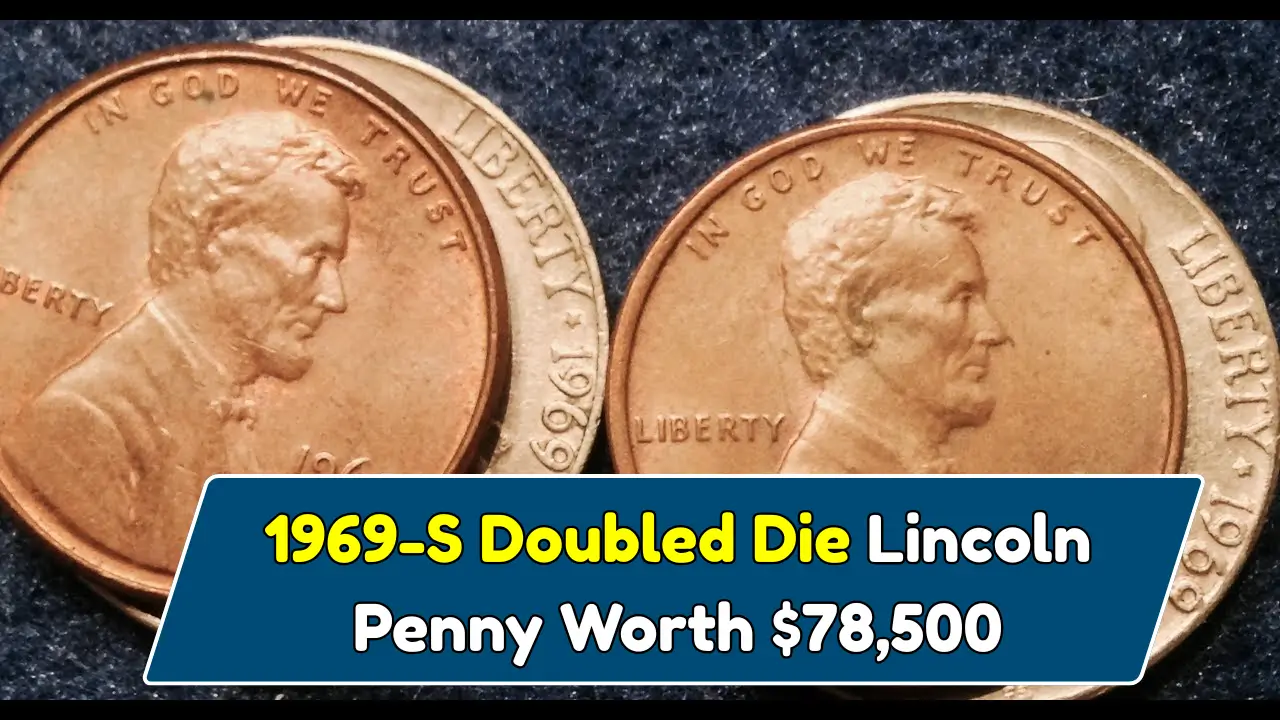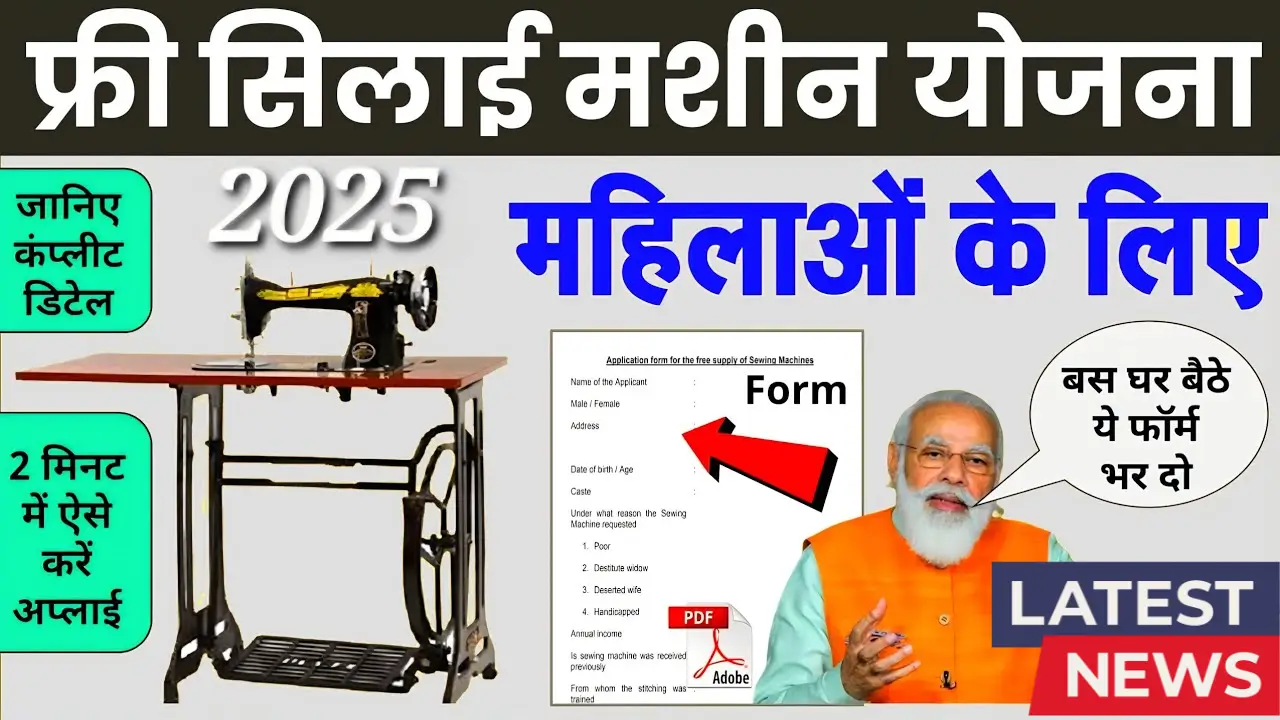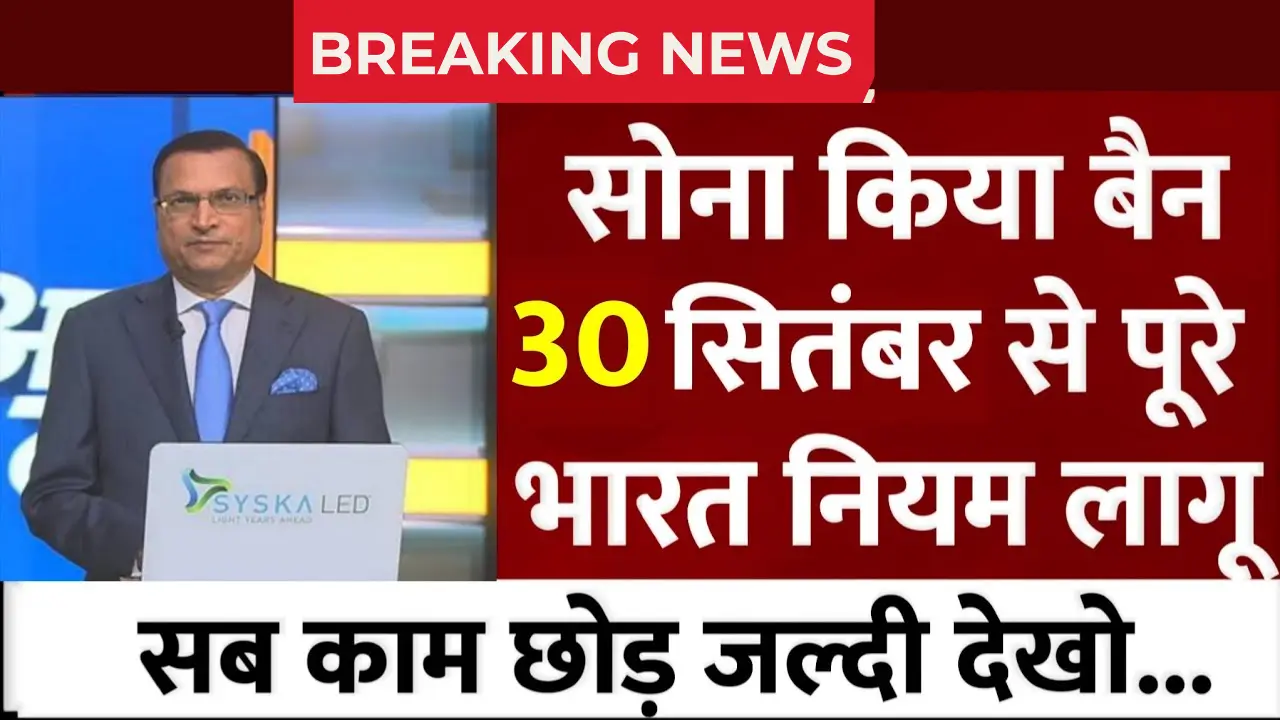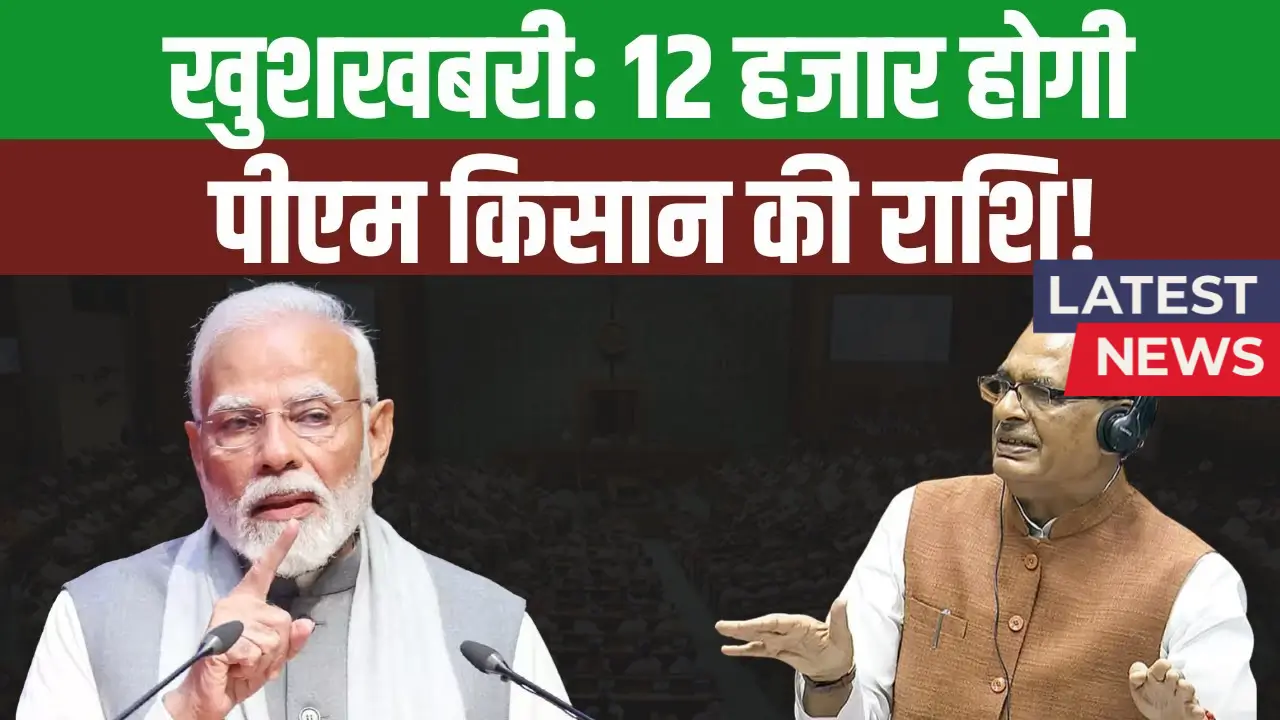£300 Autumn Cost of Living Boost announced for 2025 marks a continued UK government commitment to helping households cope with rising inflation, energy bills, and daily essentials. As living expenses remain at historic highs, this direct financial support package aims to ease immediate cost of living pressures for millions.
This article provides a comprehensive overview of the new autumn payment, explaining eligibility, payment amounts, critical dates, and how the scheme is integrated with other government support for vulnerable groups.
Whether you’re a pensioner, working-age claimant, or responsible for a low-income household, understanding this boost and its schedule is key to financial planning this autumn.
Background: Why the £300 Autumn Boost?
The ongoing impact of global energy markets, food inflation, and housing costs continues to stretch household budgets.
The government, responding to pressures on social security and feedback from advocacy organisations, has rolled out a series of targeted cost of living payments since 2022. The £300 Autumn Cost of Living Boost for 2025 forms the third instalment of this year’s financial support programme, following similar payments in spring and summer.
Its objectives are:
- To offset the effect of high utility bills and energy price fluctuations ahead of winter.
- To provide practical relief for pensioners, disabled people, and low- to moderate-income households.
- To maintain household spending power through the end of 2025.
Who Qualifies for the £300 Autumn Cost of Living Payment?
Eligibility is aligned with receipt of certain means-tested or age-related benefits, including:
- Pension Credit
- Universal Credit
- Income-based Jobseeker’s Allowance (JSA)
- Income-related Employment and Support Allowance (ESA)
- Income Support
- Working Tax Credit and Child Tax Credit
Additionally, pensioners who qualify for the Winter Fuel Payment will receive the £300 boost automatically as part of their annual winter fuel support.
Key eligibility dates will be determined based on entitlement to a qualifying benefit during the “qualifying week” (usually specified by the Department for Work and Pensions).
Payment Dates and How You’ll Receive the Boost
For the 2025 autumn payment, the government has outlined the following schedule:
| Payment Group | Payment Window |
| Pension Credit recipients | 7 October – 24 October 2025 |
| Universal Credit / Income-related JSA/ESA | 14 October – 31 October 2025 |
| Working/Child Tax Credit payments | 21 October – 6 November 2025 |
| Winter Fuel Payment recipients (pensioners) | Paid with normal Winter Fuel Payment cycle (usually Nov-Dec) |
Payments are processed automatically via bank transfer to the account associated with the qualifying benefit. No application is required. Households should look for references like “Cost of Living Payment” or “DWP COLP” on their bank statements.
Table: Summary of Autumn Cost of Living Boost Details
| Criteria | Details |
| Payment Amount | £300 per eligible claim |
| Eligibility Benefits | Pension Credit, Universal Credit, income-based JSA/ESA, Income Support, Working/Child Tax Credits |
| Payment Dates | 7 Oct – 6 Nov 2025 (dependent on benefit received) |
| Method of Payment | Automatic, via bank transfer |
| Application Required | No, payments processed for all eligible recipients |
| Additional Support | Can be received on top of other cost of living payments |
Practical Tips for Households
- Ensure your bank account details are up-to-date with the DWP or HMRC to receive payment without delay.
- Look for the correct payment reference on your bank statement rather than waiting for a letter.
- If you believe you qualify but do not receive payment within the window, contact the relevant government helpline with your NI number and benefit details.
- Combine the £300 boost with local council grants, winter fuel rebates, and other entitlements for full support this winter.
- Beware of scams: the government will never ask for your bank details by text, phone, or email to receive this payment.
Impact of the Cost of Living Boost on UK Households
The £300 payment, in tandem with other seasonal support and targeted benefits, helps:
- Reduce fuel poverty among the elderly and disabled.
- Support families facing food insecurity as the seasonal energy demand rises.
- Sustain consumer spending in communities hardest hit by rising prices.
- Provide reassurance and practical aid in the face of ongoing economic uncertainty.
Maintaining these payments is viewed as vital for public health and social stability as the UK continues to negotiate inflationary cycles.
Conclusion: Budget with Confidence This Autumn
The £300 Autumn Cost of Living Boost is a lifeline for millions, directly supporting those who need help the most. By understanding eligibility, payment dates, and the integration with other benefits, households can budget and plan for the colder months.
Everyone eligible is encouraged to keep personal information secure, monitor bank payments, and seek advice from council or charity advisers if further help is needed.
FAQs
1. Who is eligible for the £300 autumn Cost of Living Boost?
Anyone in the UK receiving key means-tested benefits such as Universal Credit, Pension Credit, or income-based ESA/JSA is eligible.
2. When will I receive my £300 payment?
Payments are scheduled from 7 October to 6 November 2025, depending on your specific benefits.
3. Do I need to apply to get the payment?
No, payments are automatic if you are eligible during the qualifying week.
4. What if I do not receive my payment?
Contact the DWP, HMRC, or local council helplink with your NI number and benefit details for assistance.
5. Will the £300 boost affect my other benefits?
No, it is non-taxable, does not count towards benefit caps, and does not affect other entitlements.
